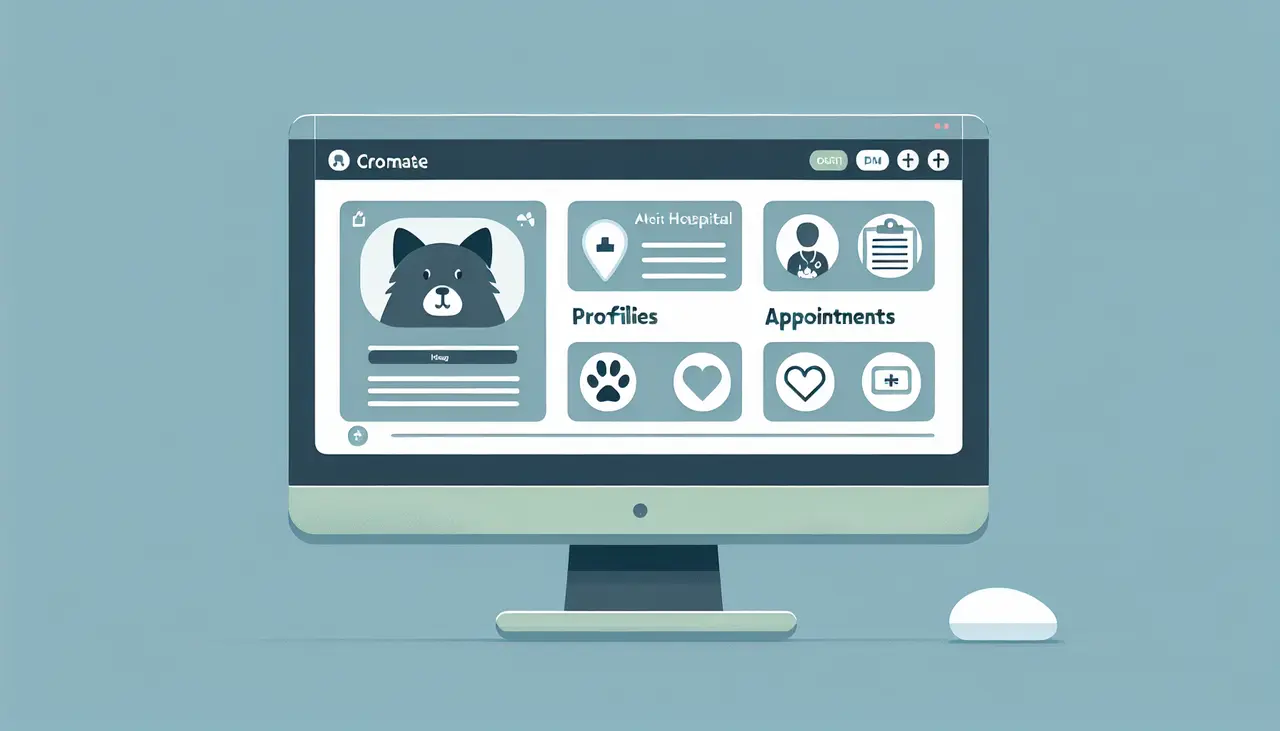Selecting the right animal hospital software is a pivotal decision that can streamline operations, enhance patient care, and fortify client relationships. Within these pages lies a comprehensive exploration designed to assist you in making an informed choice, ensuring your veterinary practice thrives in an increasingly digital world.

Understanding the Basics of Animal Hospital Software
At its core, animal hospital software manages the myriad of operational tasks associated with running a veterinary clinic. From appointment scheduling to medical records management, it ensures every aspect of the clinic runs smoothly, allowing veterinarians and their teams to focus on what they do best—providing exceptional care for pets.
In the age of digital transformation, veterinarians can no longer rely on paper records and manual processes. An effective software solution must offer not only robust functionality but also high levels of security to protect sensitive patient data from cyber threats, thereby maintaining trust with pet owners.
Key Features to Look for in Animal Hospital Software
Critical to any animal hospital software is comprehensive medical records management, allowing vets to easily access and update patient histories, treatment plans, and vaccination records. This ensures all team members are up-to-date on each animal’s care requirements.
Appointment scheduling functionality is another must-have. Veterinary practices benefit from software that facilitates easy booking, rescheduling, and reminders for clients, minimizing missed appointments and optimizing the clinic’s workflow.
Moreover, inventory management tools are essential for keeping track of medical supplies and medications. This enables clinics to maintain adequate stock levels, ensuring they always have what they need to care for their patients.
Evaluating Animal Hospital Software Vendors: A Checklist
Assessing vendors begins with verifying their reputation and the reliability of their software. Look for reviews from other veterinary practices and case studies showcasing successful implementations.
A comprehensive demo can provide critical insights into user experience and feature set. Ensure the software is intuitive and aligns with your practice’s specific work processes.
Inquire about support and training resources. Effective implementation and ongoing use of the software depend heavily on the availability of professional support from the vendor, including training for your staff.
Lastly, consider the software’s scalability. As your practice grows, you need software that can grow with you, accommodating more patients, services, and staff without a hitch.
Implementing Your New Animal Hospital Software: Tips for Success
Successful implementation starts with a solid plan that includes staff training, data migration, and configuration of the software to match your practice’s operational needs. Engage your team early in the process to facilitate buy-in and smooth the transition.
Prioritize the migration of medical records to the new system, ensuring data integrity and accessibility. This might require dedicated resources or support from the software vendor.
Finally, don’t overlook the importance of continuous evaluation and adjustment. As your team becomes more familiar with the animal hospital software, solicit their feedback and be prepared to make tweaks to optimize workflow and functionality.
Embarking on the journey to integrate or upgrade animal hospital software within your practice symbolizes a commitment to excellence in veterinary care. Armed with insights on essential features, evaluation checklists, and implementation strategies, you’re now equipped to make a choice that aligns with your practice’s needs and aspirations, propelling you towards a future where technology enhances every facet of animal care.
 by a veterinarian
by a veterinarian


